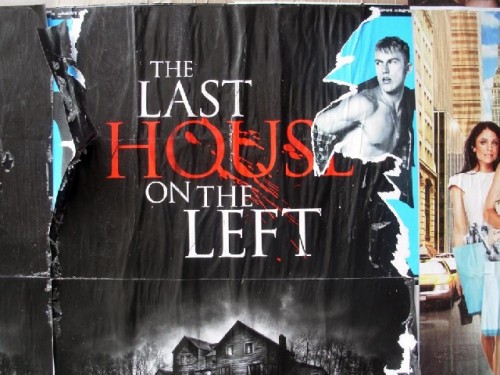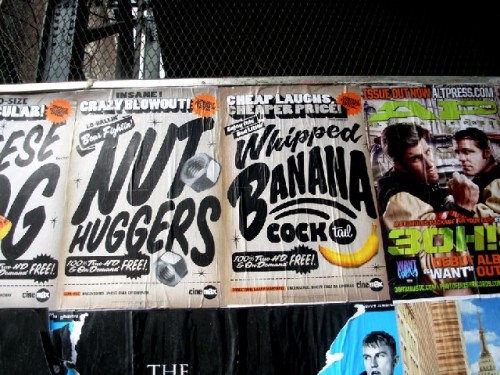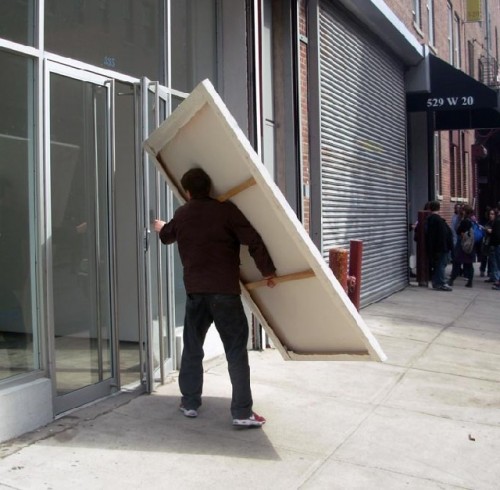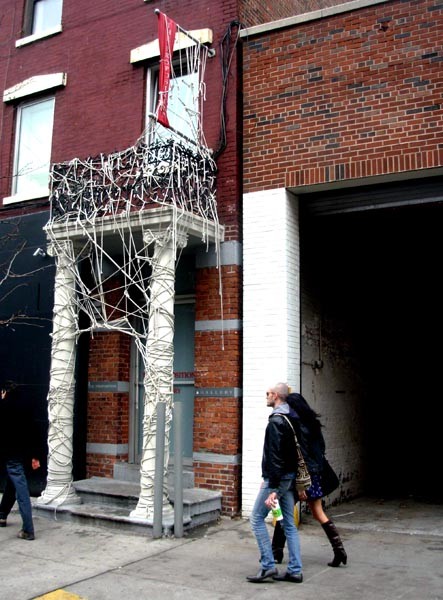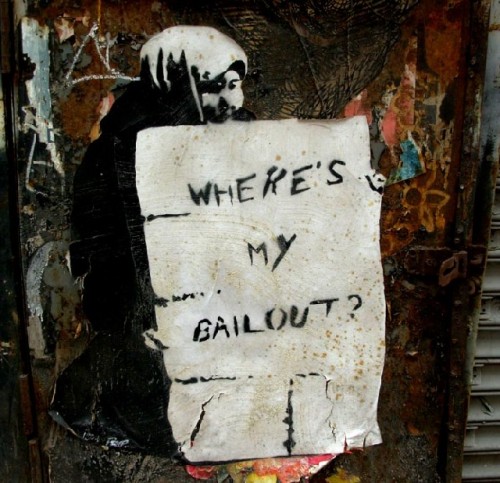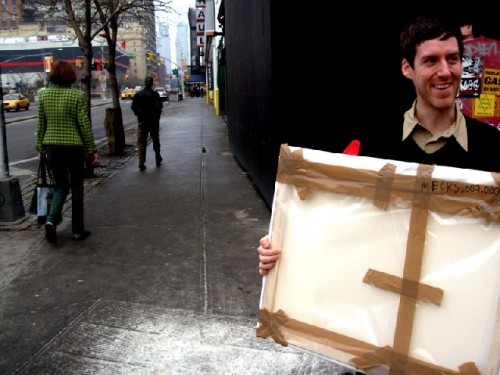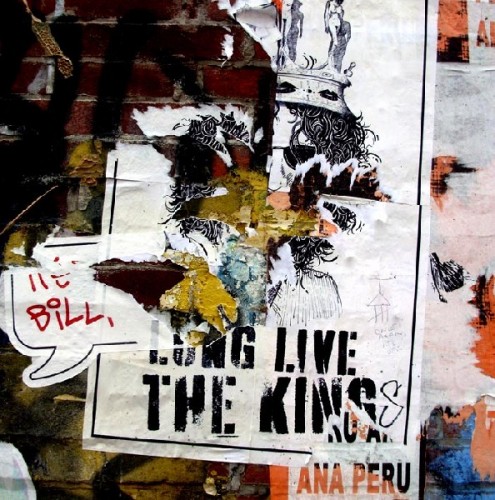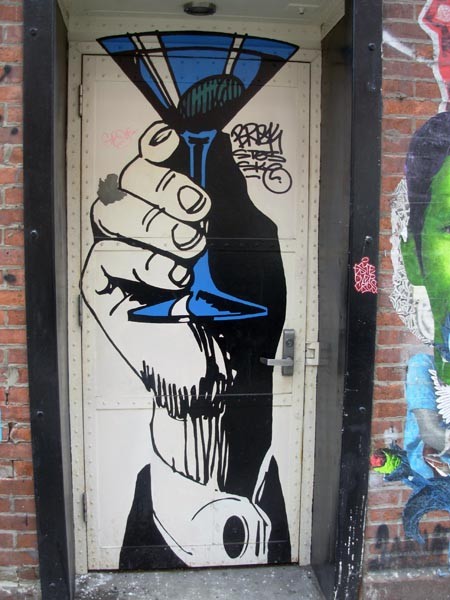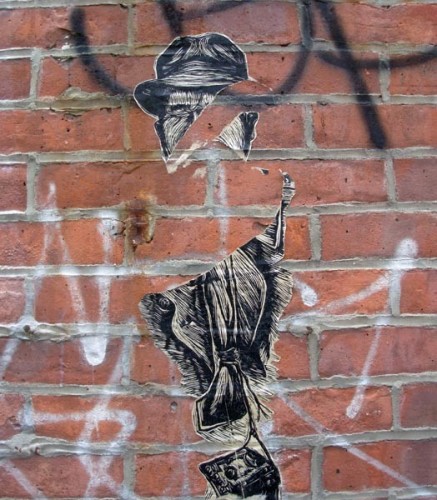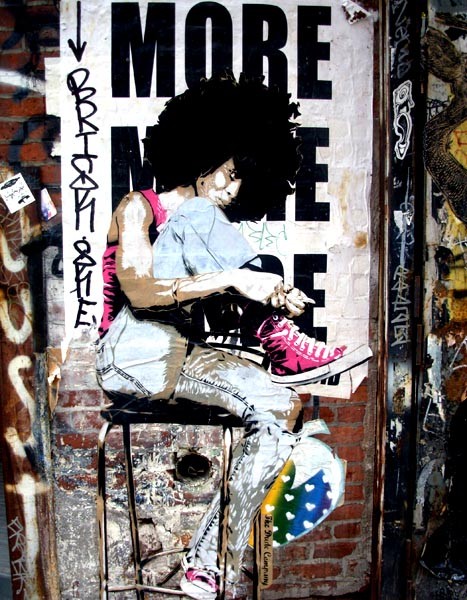Chelsea Palimpsests
Signs of the Times They Are a Changin'
By: Charles Giuliano - Apr 22, 2009
During the middle ages when parchment was the usual support for manuscripts it was common to scrape down and recycle precious materials. Even later when paper was introduced it was hand made and expensive.
This practice of recycling resulted in palimpsests. This is the layering of one image or text on another. The ghosts bleed through and create a visual web and textures. There is a randomness that occurs as an artist or writer generally does not consider the shadows of what lay beneath. Drawings created in this manner in the studios of the Renaissance were never intended to be pulled out and framed to be displayed as finished works of art. Rather they were intended as a means for the artist to explore a thinking process about a work to be executed in another medium; typically, a painting or sculpture.
From a contemporary perspective the seemingly random and accidental takes on hidden depth and meaning. The surrealists in particular were concerned with apparent accidents and the unleashing of the subconscious through intuitive acts. From that position there are no accidents and this has a deep cultural heritage arguably dating back to the roasting of turtle shells during the Shang Dynasty as a means of divination. Or the evisceration of birds by Roman seers and the reading of tea leaves by Gypsy fortune tellers.
The seemingly random and accidental then, like the tossing of Yarrow Sticks, or the I Ching, which informed the art of John Cage among others, is surely no accident. It is a means of connecting to psychic powers and exploring the subconscious.
In that sense the urban landscape is rife with palimpsests as walls are plastered with advertisements only to be ripped down and pasted over by the next crew. Or kids tag walls with their coded graffiti asserting their identity while marking off the turf of gangs. Like tom cats spraying the boundaries of their territory.
It has been an ongoing project to photograph and document urban mark making. The pursuit is particularly rich when visiting Chelsea the domain of high end art galleries. But street artists also like to leave their mark on the landscape. In that sense their work is also on display however anonymously.
In addition to wall marking this ongoing project also has a subtext of picking up incidental street moments like an artist carrying work into a gallery. Or a couple engaged in an intensive dialogue. It all merges into an urban portrait. Perhaps, updating ideas and strategies that started with Aaaron Siskind, Robert Frank, and Walker Evans. They too were interested in signs and the random social encounters of the streets and subways. This project extends on those ideas which are indeed medieval and belong to all artists as a resource for continued activity. So here are a few moments of work in progress.




